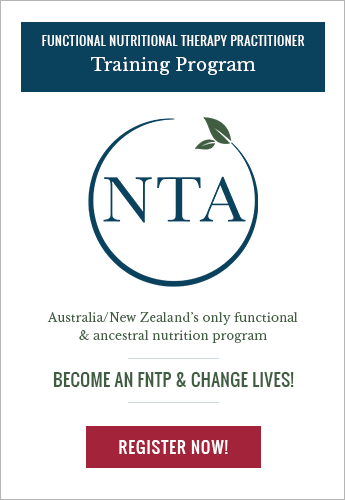
How to read ingredient lists like a pro
24 January 2024 by Fionna Bacon
.png)
Article by Fionna Bacon, FNTP
Are you just beginning your health journey and don’t know where to start? Here’s an easy entry point — start by reading ingredient labels. In this article, I explain the importance of reading ingredient labels, how to purchase packaged foods wisely and what ingredients you should avoid.
In a perfect world, your diet will consist only of nutrient-dense whole foods and you’ll avoid anything that’s processed in a factory or comes in a package. However, this is highly unlikely in real life. So, let’s empower you with the information to make better choices when you’re purchasing packaged foods.
The first point to note is that not all packaged foods are created equal. Chips are a perfect example. You can purchase Boulder Canyon chips with just three ingredients: potatoes, salt, and olive oil or you can purchase Doritos corn chips with twenty or more ingredients, including: vegetable oil, maltodextrin, natural and artificial flavours, dextrose, artificial colours, lactic acid, citric acid and sugar.
For many on their health journey, a simple chip with three ingredients may be just fine as a snack from time to time. On the other hand, for many, a chip with multiple artificial flavors and ingredients may cause unwanted inflammation and sensitives that compound and eventually lead to illness and disease.
So, where do we begin?
A great general rule of thumb to start with is to choose products with as few ingredients as possible. Five ingredients or less is a simple way to help you avoid highly processed products.
And, Secondly...
...make sure you can pronounce and recognise each ingredient listed on the label. If you can’t pronounce an ingredient or if you don’t know what the ingredient is, put it back on the shelf and continue on.
The most common ingredients to stay away from include:
- gums (e.g. guar gum and xanthan gum)
refined sugars (e.g. dextrose, evaporated cane juice etc)
carrageenan
“natural” flavours, and
artificial colours.
If you’re interested in learning more about the why behind each of these, the Environmental Working Group has a food score database that will help you navigate the potential health effects of these processed and artificial ingredients.
A note about refined sugars — they’re hidden everywhere. Here is a list of the most common Refined Sugar Names for you to look out for.
Ultimately, the focus should be on consuming whole foods, even if they do come in a package. Choosing food items with clearly recognised ingredients on their labels will help you purchase the best-quality foods to nourish and support your body.
here.

Fionna Bacon
I am a Functional Nutritional Therapy Practitioner. My main focus is on helping exhausted, stressed out women to make positive dietary and lifestyle changes so they can regain their spark for life, without the overwhelm. I offer programs that are tailored to your specific needs and address the root cause of your health concerns, with the ultimate goal of achieving optimal health. Connect with Fionna here.
